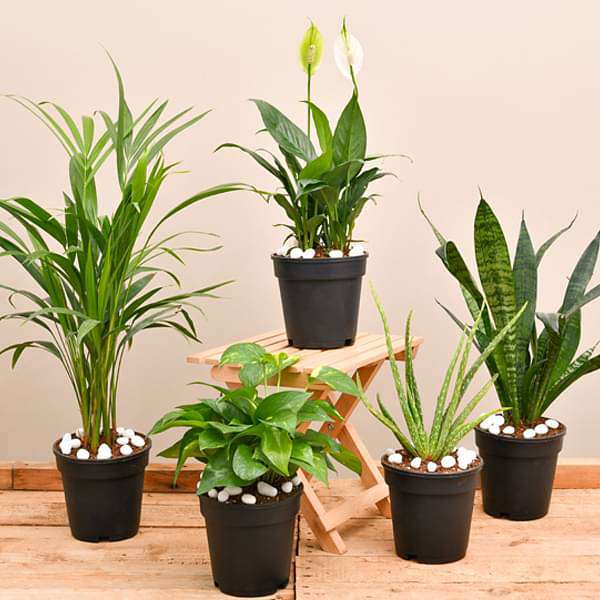
In today’s world, where air quality is a growing concern, many people are turning to indoor air purifier plants as a natural solution to improve the air we breathe. These plants not only enhance the aesthetic appeal of our living spaces but also contribute to a healthier indoor environment. In this blog post, we will explore the best indoor air purifier plants, their benefits, and how to care for them.

Why Choose Indoor Air Purifier Plants?
Indoor air purifier plants are known for their ability to filter out harmful toxins and pollutants from the air. According to a study by NASA, certain houseplants can effectively remove common indoor air pollutants such as formaldehyde, benzene, and carbon monoxide. By incorporating these plants into your home or office, you can enjoy several benefits:
- Improved Air Quality: Plants absorb carbon dioxide and release oxygen, enhancing the overall air quality.
- Natural Humidifiers: Through a process called transpiration, plants release moisture into the air, helping to maintain humidity levels.
- Stress Reduction: Studies have shown that being around plants can reduce stress and improve mood.
- Aesthetic Appeal: Indoor plants add beauty and life to any space, making it more inviting.

Top Indoor Air Purifier Plants
Here are some of the best indoor air purifier plants that you can easily incorporate into your home:
- Spider Plant (Chlorophytum comosum)
- Benefits: Known for its ability to remove formaldehyde and xylene, the spider plant is easy to care for and thrives in various light conditions.
- Care: Water when the top inch of soil is dry; prefers indirect sunlight.
- Peace Lily (Spathiphyllum)
- Benefits: This beautiful plant is effective at removing ammonia, benzene, and formaldehyde. It also blooms lovely white flowers.
- Care: Keep the soil moist and place it in low to medium light.
- Snake Plant (Sansevieria trifasciata)
- Benefits: Known for its resilience, the snake plant can filter out formaldehyde and is one of the few plants that convert CO2 into oxygen at night.
- Care: Water sparingly; it prefers indirect light but can tolerate low light.
- Boston Fern (Nephrolepis exaltata)
- Benefits: This lush plant is excellent at removing formaldehyde and other toxins while also acting as a natural humidifier.
- Care: Keep the soil consistently moist and provide indirect light.
- Areca Palm (Dypsis lutescens)
- Benefits: The areca palm is a powerful air purifier that removes toxins and adds moisture to the air.
- Care: Water regularly and place it in bright, indirect light.
Practical Tips for Caring for Indoor Air Purifier Plants
- Choose the Right Location: Ensure your plants are placed in areas with adequate light and airflow.
- Water Wisely: Overwatering is a common mistake. Always check the soil moisture before watering.
- Dust the Leaves: Regularly wipe the leaves to remove dust, allowing the plants to absorb more light and improve air purification.
- Fertilize Occasionally: Use a balanced fertilizer during the growing season to promote healthy growth.
Conclusion
Indoor air purifier plants are a fantastic way to enhance your living space while improving air quality. By incorporating these plants into your home or office, you can enjoy cleaner air, reduced stress, and a more inviting atmosphere. Whether you choose a spider plant, peace lily, or snake plant, each offers unique benefits that contribute to a healthier indoor environment.
Start your journey towards cleaner air today by adding some of these beautiful plants to your space!
This blog post provides an informative overview of indoor air purifier plants, their benefits, and care tips. If you have any specific requests or additional topics you’d like to explore, feel free to let me know!
